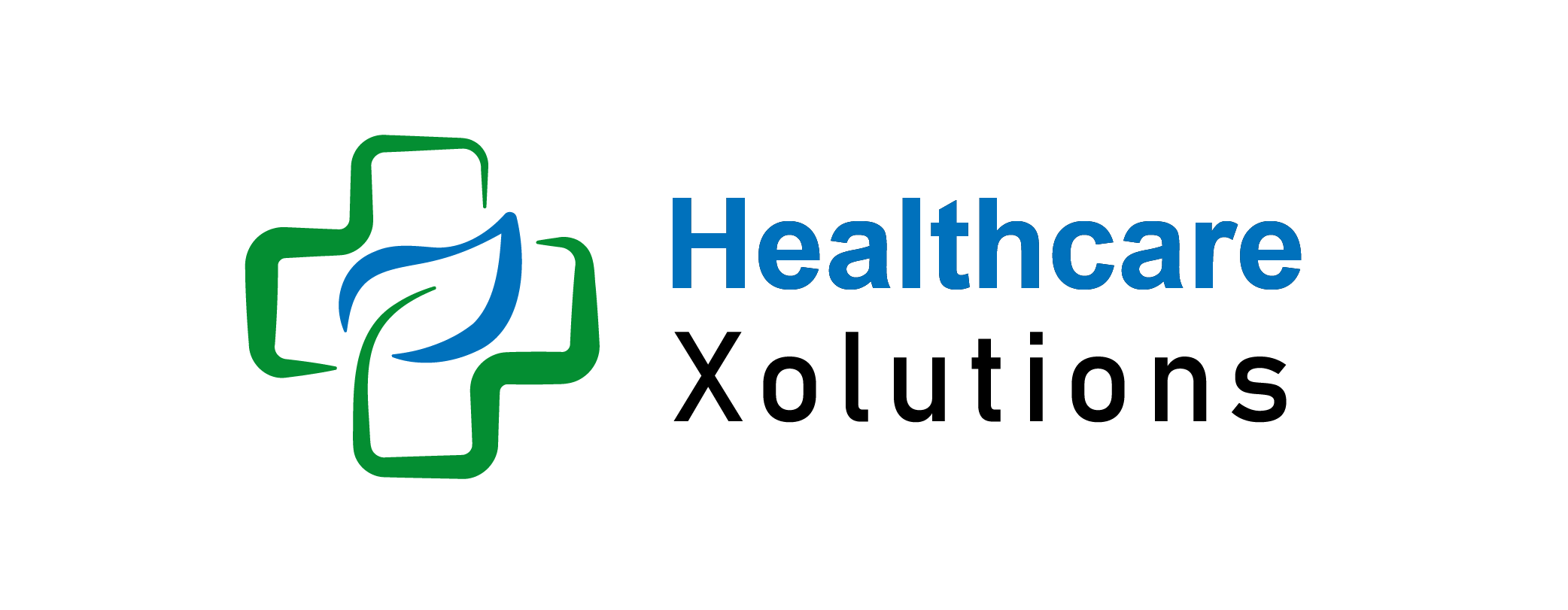How To Reduce Health Insurance Costs For Families

Health insurance is essential for safeguarding families from financial strain due to medical expenses. However, rising costs can challenge household budgets. Thankfully, there are effective strategies to lower health insurance expenses while ensuring your family gets the necessary coverage.
This guide provides practical tips to reduce your health insurance costs and maximize your benefits.
Key Takeaways:
- Compare Plans Annually: Evaluate premiums, deductibles, and coverage during open enrollment.
- Use Tax-Advantaged Accounts: HSAs and FSAs lower taxable income while covering medical costs.
- Leverage Government Programs: Medicaid and CHIP provide low-cost or free coverage to eligible families.
- Preventive Care Saves Money: Regular checkups reduce expensive future treatments.
- Avoid Out-of-Network Costs: Use in-network providers to minimize extra charges.
Table of Contents
What Are Health Insurance Costs?
Health insurance costs encompass all expenses related to maintaining coverage. These include:
- Premiums: Regular payments to maintain insurance.
- Deductibles: Amount paid out-of-pocket before coverage begins.
- Copays and Coinsurance: Shared costs for specific services.
- Out-of-Pocket Maximums: The most you’ll pay annually before full coverage applies.
Understanding these components is crucial for selecting a cost-effective plan tailored to your family’s needs.
How To Reduce Health Insurance Costs For Families: Effective Strategies
1. Evaluate Your Current Plan:
Review your current policy to identify unnecessary services. If your family has low healthcare needs, switching to a high-deductible plan can significantly reduce premiums.
2. Explore Employer-Sponsored Plans:
Employer-sponsored plans often offer group rates, lowering costs. Compare these with marketplace options to ensure the best value for your family.
3. Take Advantage of Government Programs:
Low-income families may qualify for:
- Medicaid: Free or low-cost coverage.
- CHIP (Children’s Health Insurance Program): Affordable insurance for children.
4. Shop During Open Enrollment:
Compare marketplace plans to find options that better suit your family’s needs. Look for plans offering cost-sharing reductions (CSR), which lower out-of-pocket expenses for eligible individuals.
5. Leverage Tax-Advantaged Accounts:
- HSAs: For families with high-deductible plans, these accounts reduce taxable income.
- FSAs: Set aside pre-tax dollars for healthcare expenses.
6. Preventive Care Reduces Long-Term Costs:
Take advantage of free preventive services like vaccinations and screenings. Early detection of health issues minimizes the need for costly treatments.
7. Negotiate Medical Bills:
Contact providers for discounts or payment plans on large bills. Many hospitals offer financial assistance for families facing financial hardship.
8. Participate in Wellness Programs:
Insurers often provide discounts for participating in programs like fitness challenges or smoking cessation. These initiatives improve health while reducing premiums.
9. Avoid Out-of-Network Costs:
Always use in-network providers. Out-of-network care can lead to significant additional expenses. Familiarize yourself with the network before scheduling appointments.
10. Consider Cost-Sharing Reductions:
CSRs lower deductibles, copays, and coinsurance for eligible individuals. These benefits are tied to silver-tier plans purchased through ACA marketplaces.
11. Bundle Insurance Policies:
Combine health, auto, and home insurance with one provider for discounts.
12. Seek Professional Advice:
A licensed broker or financial advisor can help you identify cost-effective insurance solutions.
Conclusion – How To Reduce Health Insurance Costs For Families:
Reducing health insurance costs for families involves evaluating your plan annually, leveraging government programs, and using tax-advantaged accounts. By following these strategies and staying informed about options like cost-sharing reductions, families can save money while maintaining robust health coverage. Small adjustments in managing your insurance can lead to significant financial savings over time.
FAQs:
Do you have to pay back the tax credit for health insurance?
Yes, if your income exceeds eligibility limits for the year, you may need to repay part or all of the tax credit.
What is the income limit for Marketplace insurance in 2025?
The limit is up to 400% of the federal poverty level. Check updated thresholds for your family size.
What is cost-sharing reduction in health insurance?
Cost-sharing reductions (CSRs) lower out-of-pocket expenses like deductibles and copays for eligible individuals on silver-tier marketplace plans.
What are the cost-sharing reduction income limits?
In 2025, income limits are up to 250% of the federal poverty level for eligibility.
How can preventive care reduce costs?
Preventive care catches issues early, avoiding expensive treatments and hospitalizations.
